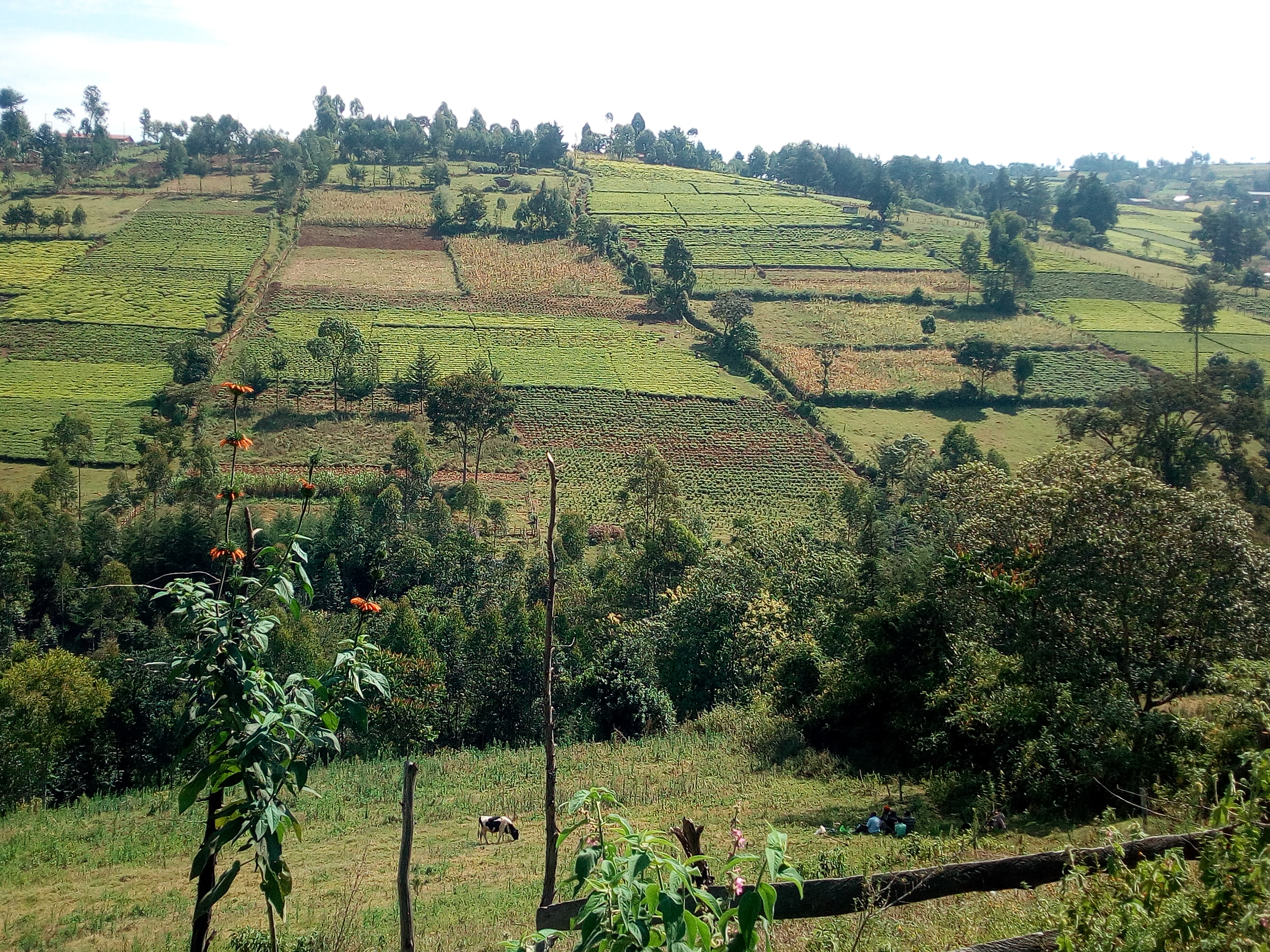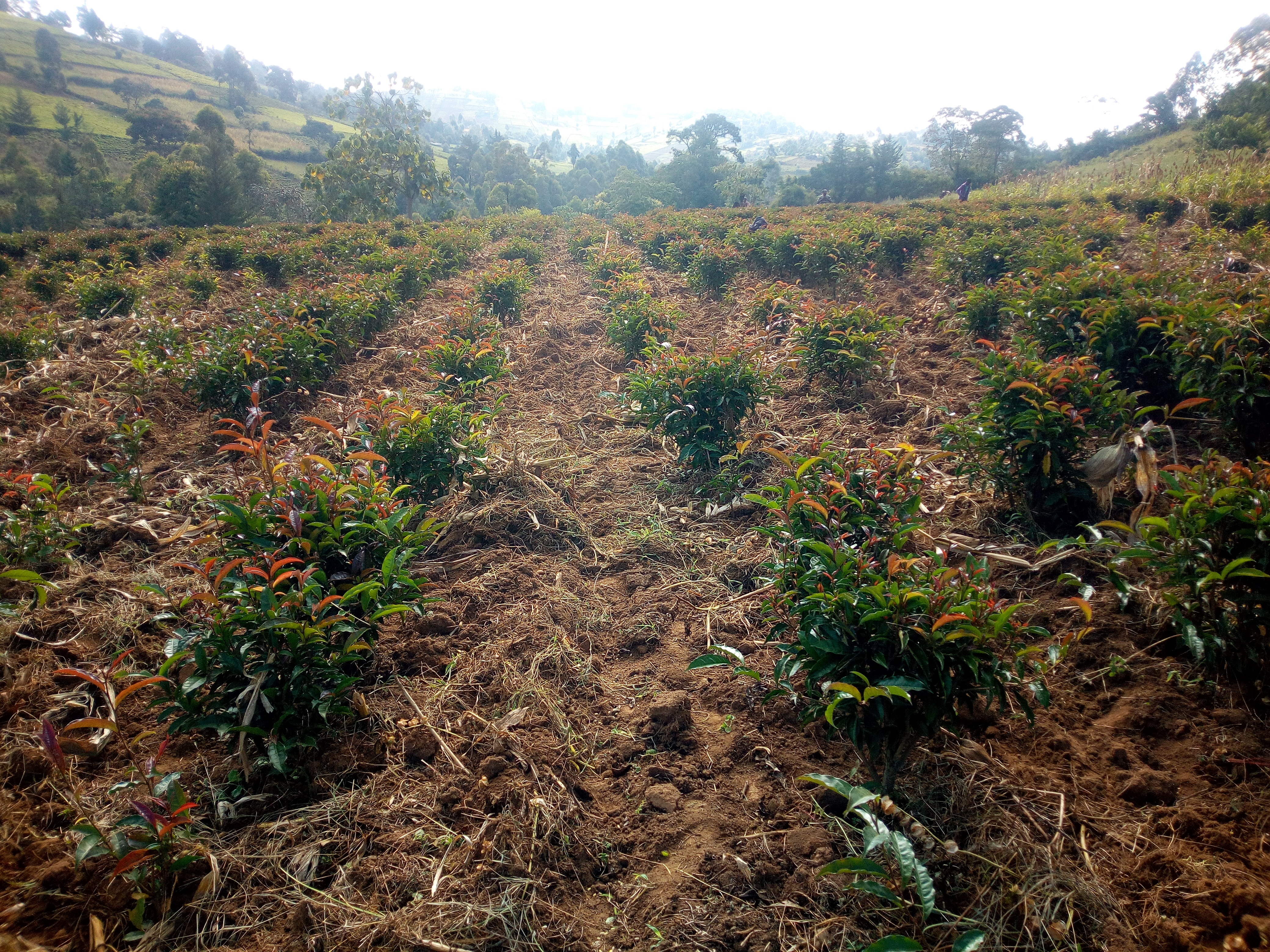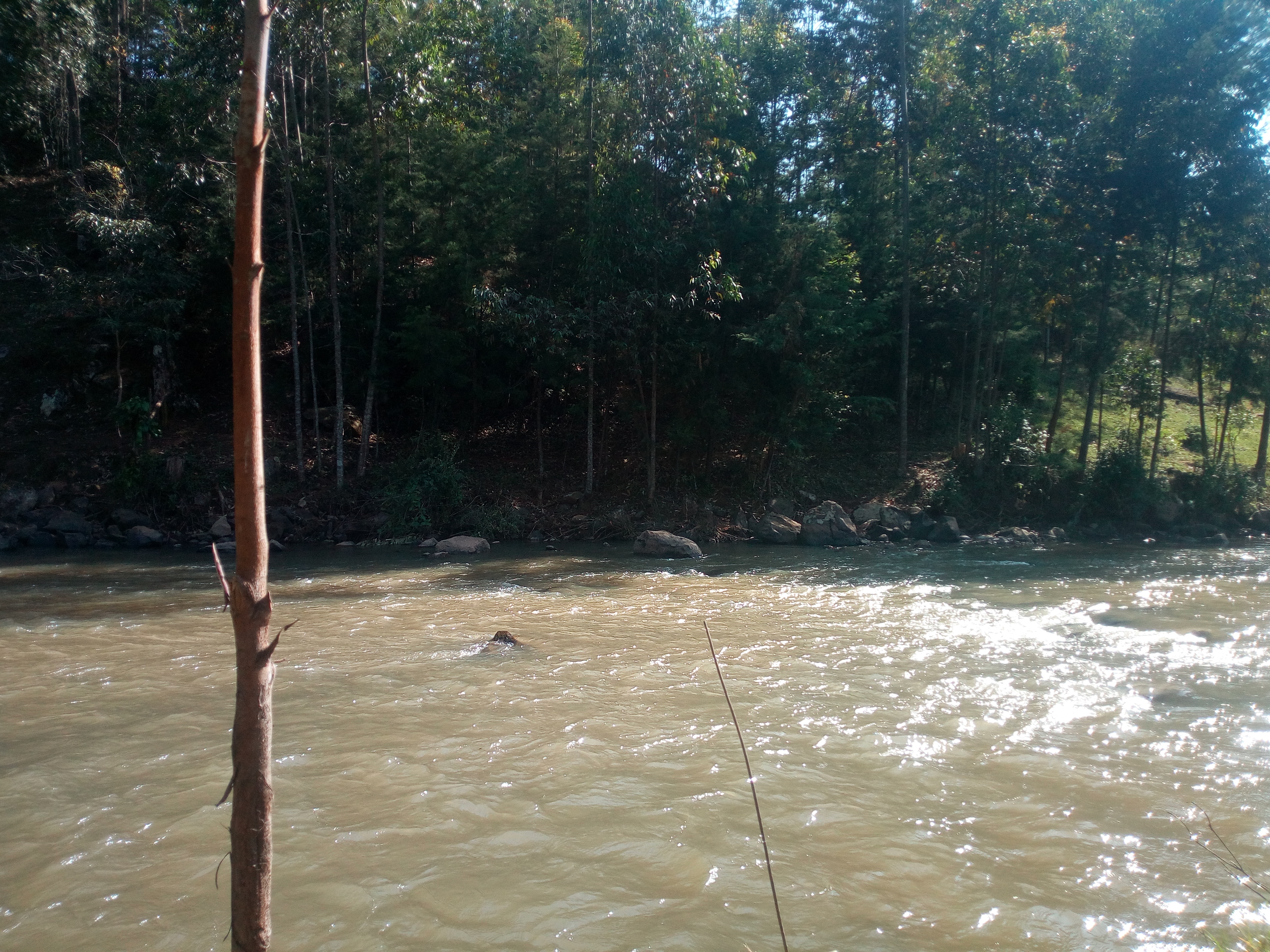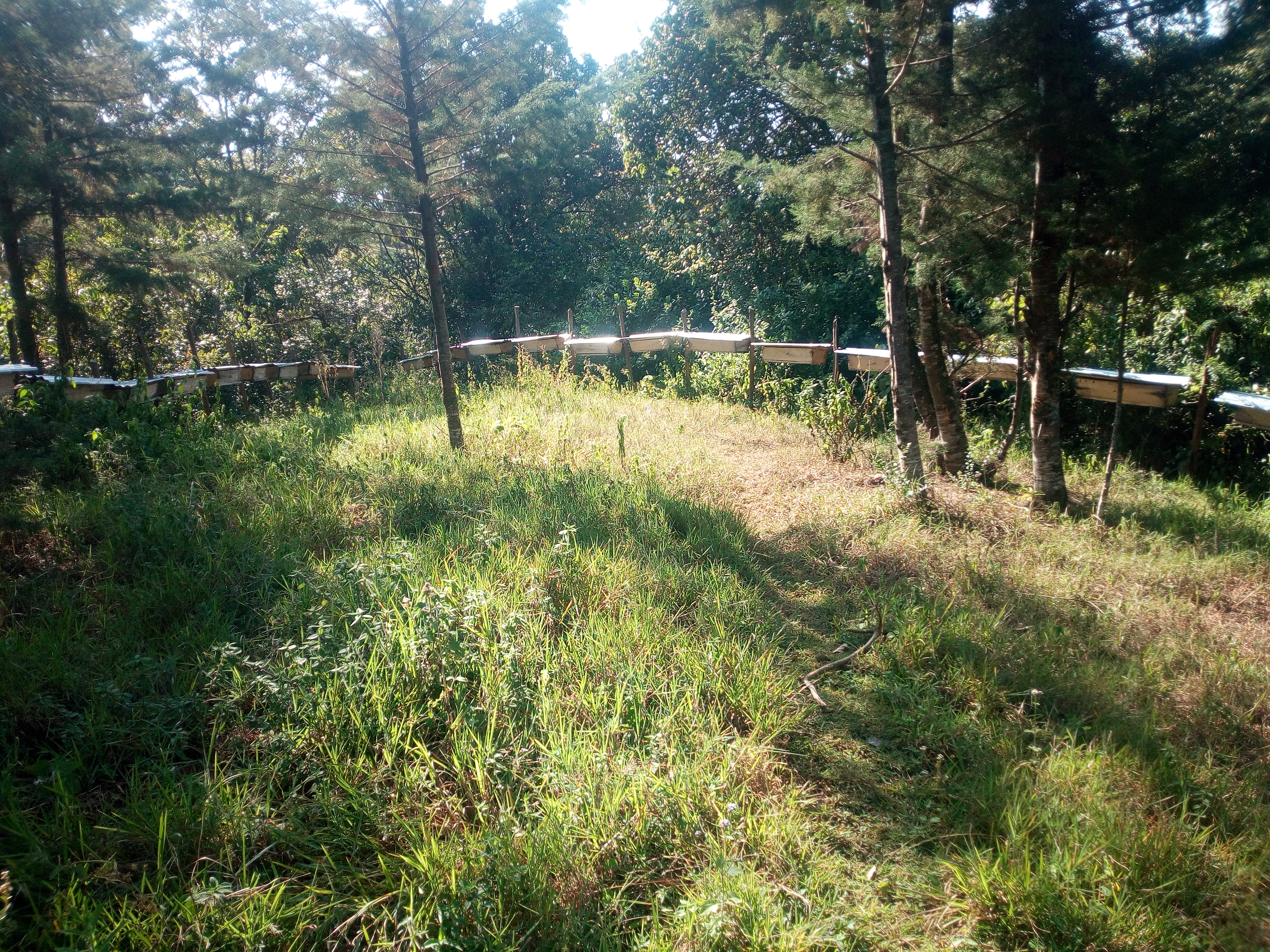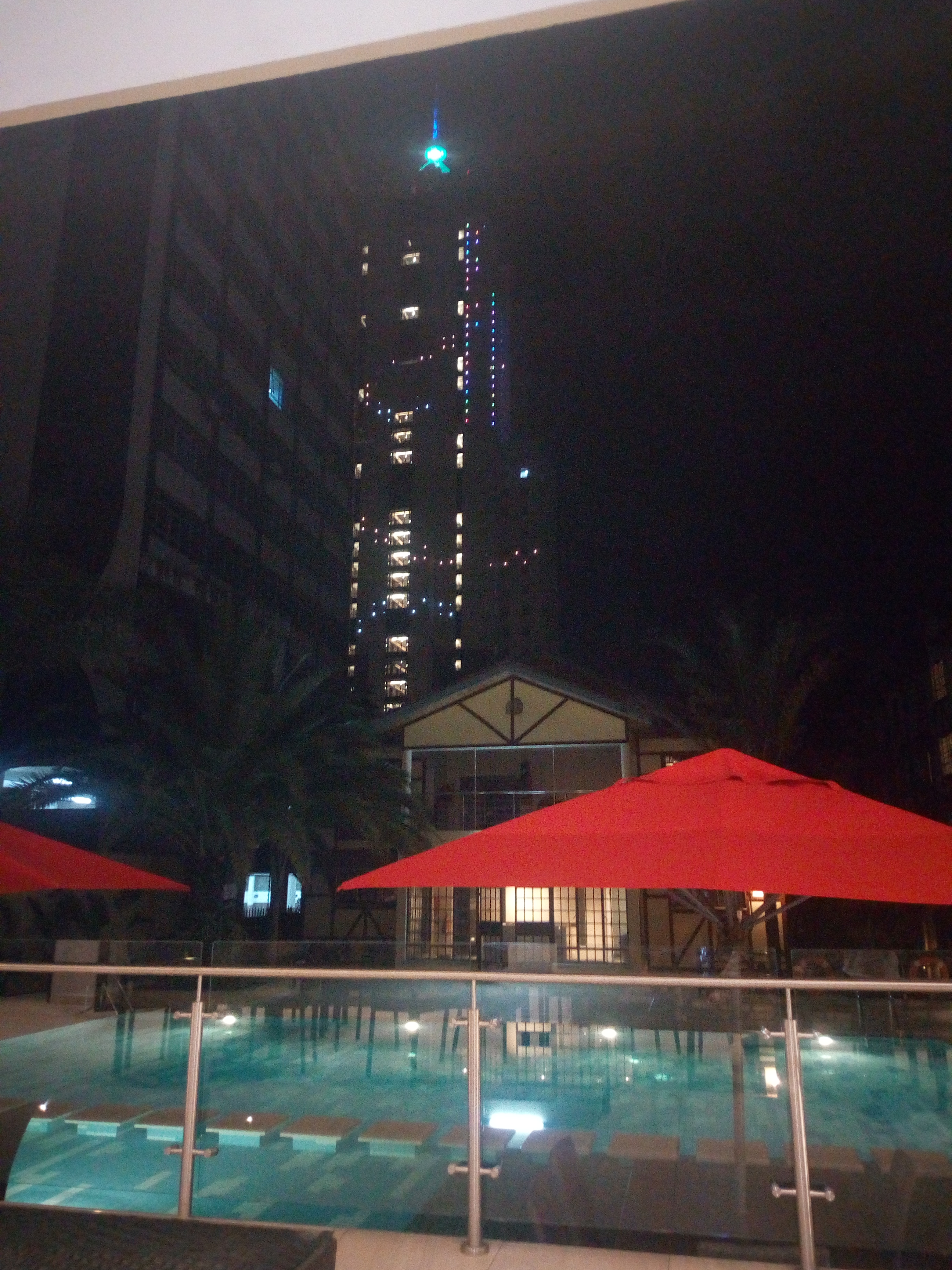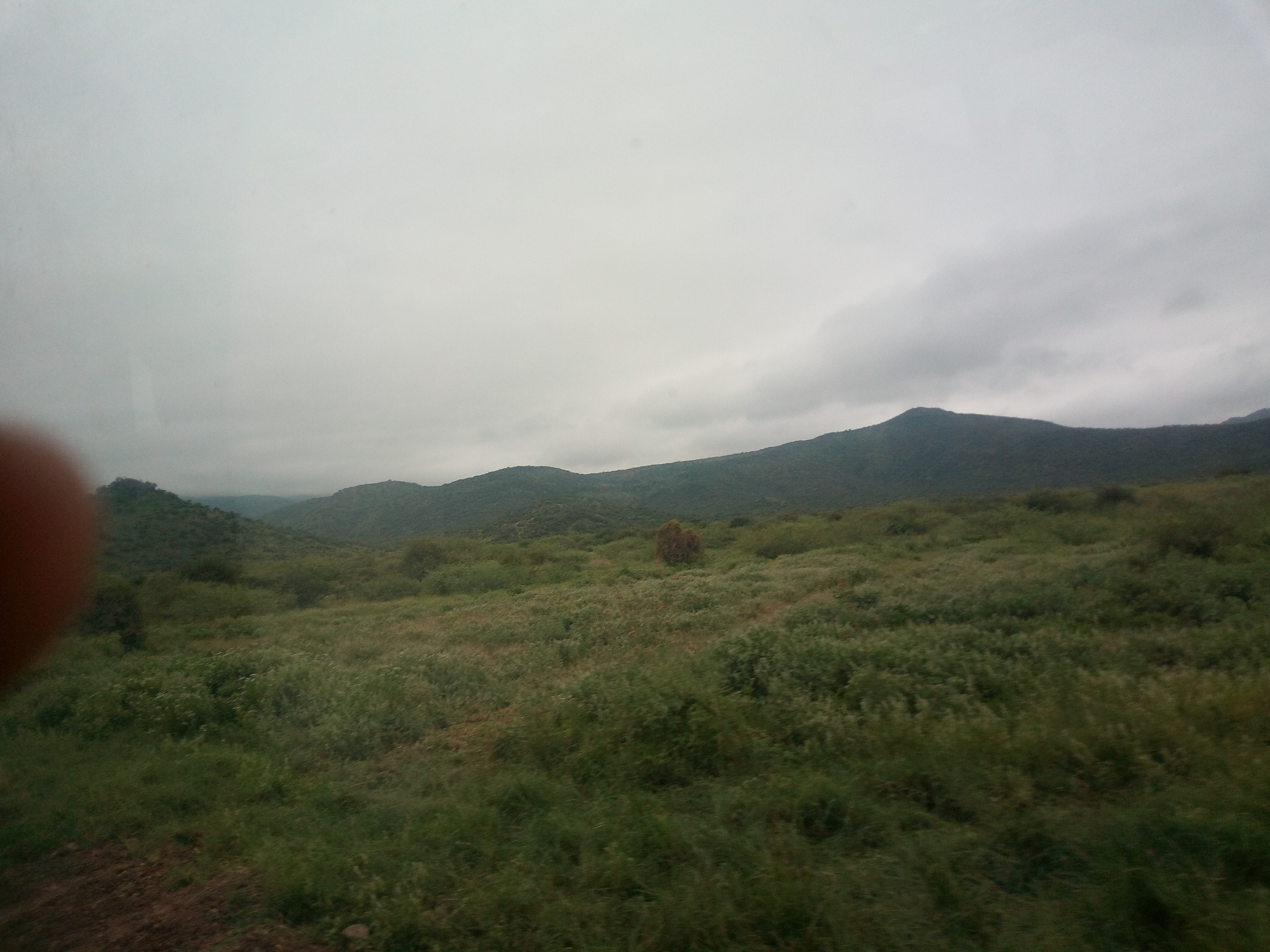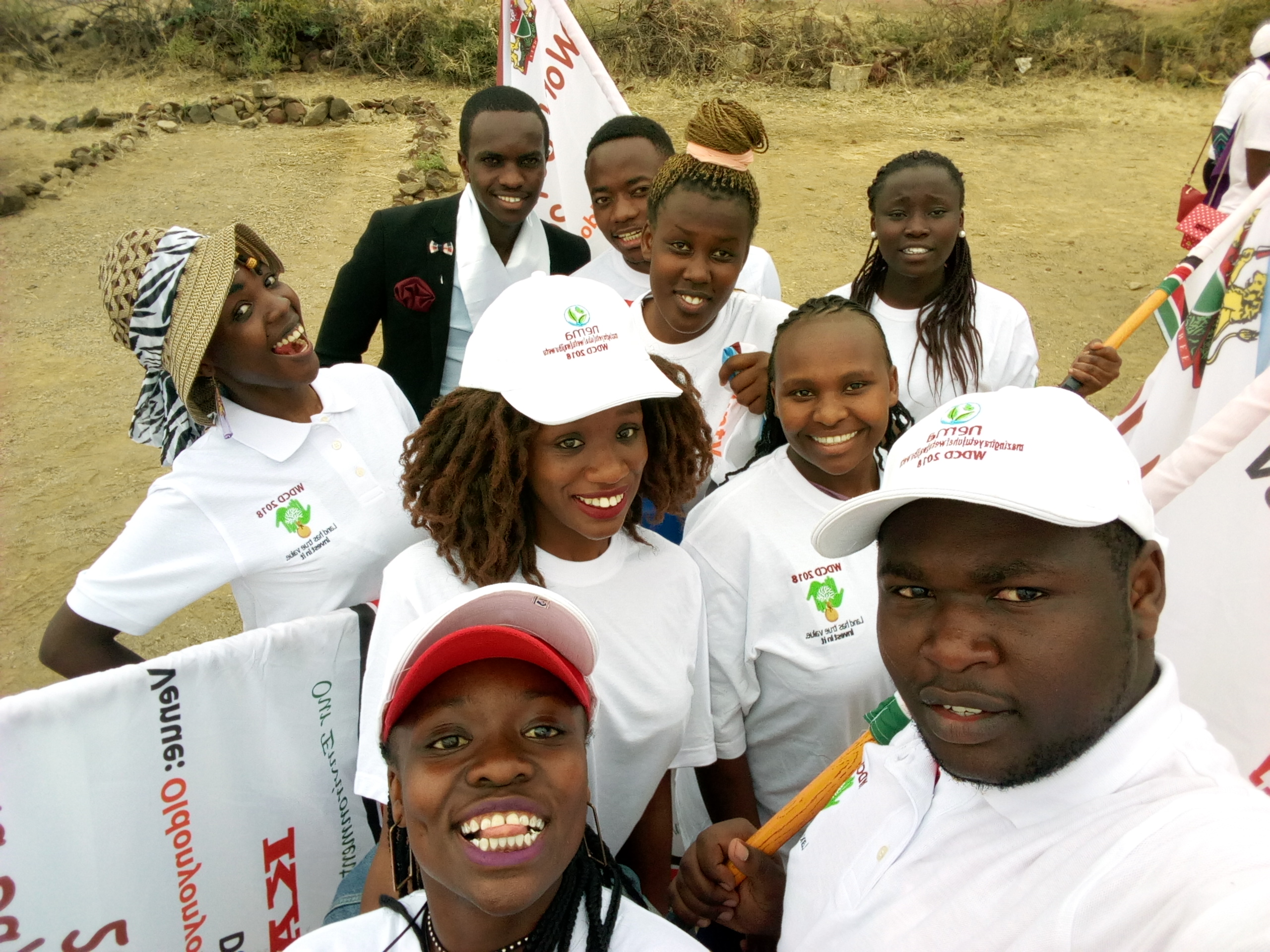
Samburu community is a sub-tribe of the Maasai community. My journey to Laisamis in Marsabit took about 12 hours. I was able to travel to that arid region to spread the gospel and have an encounter with those people. At first, I was a bit nervous and anxious because of the harsh climatic conditions and the fear of the unknown. We passed through Nyeri which is a cold region, very developed and the Kikuyu community are mostly found here then to Nanyuki which is the leeward side of Mount Kenya, Isiolo which is quite dry and then to Marsabit which is the town that Rendilles, Boranas and Samburus live. We mostly found Samburus in Laisamis.
We arrived in the evening and were received a red carpet welcome from the community. I was impressed to see tapped water which was a project done by well-wishers and where there is water, there is life. The community has grown and what was once a small neglected village is now big because of the water, there is a school and not so far of, there is a church and a clinic. The area is plain with large boulders and hills. I was able to hike and as we maneuvered through the thick bushes, we saw monkeys. The locals told us that in the evening, hyenas and cheetahs came back home to the rocky places. We were also shown where the cheetah lives.it was interesting but also scary.
What caught my attention at first was how the ground was untouched. The land was bare and no vegetables or plants were grown except the thorn trees and other natural plants. In this community, a tree served a great role because this where meetings take place such as barazas, men playing games and religious meetings. The people in that area depend on meat from goats and sheep, milk from camels and blood for survival. They buy vegetables from Isiolo town which is quite far especially for those who cannot afford to board vehicles and without motor bicycles. Life in Marsabit is tough, unfriendly and harsh. However, the Samburu people have been raised in this place and are used to this kind of life. With all the heat, all the dust, the wind, the limited supply of water, unreliable rainfall and the barren land, they still afford to put smiles on their faces, they sing joyfully because that is home for them.

a picture of samburu women singing and dancing.
It is in this community where women play the most role in terms of keeping the family together and being depended on. The women get married and the husband shows her where she is to build her house. It is the same woman who builds her own house and not the husband. The work of the man is to herd cattle, camels, goats and sheep. These people are semi-pastoralists unlike the Maasai community and therefore tend to settle in one area more. The women build their houses using tattered clothes, carton boxes on the rooftop, timber on the sides and iron sheets. From the outside, these houses look small but once you get in, you will realize just how wide and high they are. A wealthy woman plasters her floor and has a bed while those without so much money smear mud on their floors.
Married women wear different kinds of earrings, bangles, necklaces and headdresses with different colors that symbolizes a specific aspect. For instance, white stands for purity, black stands for hardship, yellow and orange signify hospitality and red symbolizes danger, bravery and unity. I observed that women had different number of necklaces, some had so many while others had one. I believe that the more one had many beads, the wealthier the family. Girls and unmarried ladies put on headdresses that are simpler than those of their mothers. Women in that community are the ones that spearhead most developments. In matters of religion, they are the church. They sing with their high notes with all their hearts with the help of drums. I was amazed to see them dancing with their heads, shaking their necklaces front and backwards rhythmically, such skill is rare.



Children are an asset in this community. I loved how their last born sons were shaved. The last born sons were clearly shaved except the front part of the head. They looked adorable. Presence of children is the only thing that can stabilize marriage. In their culture, the women are allowed to have sexual relations with other men other than the husband until a baby is born. What impressed me is the fact that the people pf Laisamis have evolved and the once tradional Samburu that valued the boys than girls is no longer present. The children in that area can now speak Swahili and English because they go to school. I was inspired by a girl who completed her primary education and is now a secondary student. This shows that the community is slowly embracing the western culture.
As missionaries, the only way we knew to reach out to the community well is through deworming their cattle, sheep and camel in the veterinary camp, supplying medicines to women and children through medical camp, renovating their church, ministering to them through evangelism and giving them food. This mission was therefore successful because so many people were reached. Men really value their sheep because this is their pride and if you want to mess with a Samburu man’s head, play with his goat or sheep.
The Samburus do not believe in women putting on trousers. While we were on mission, we put on skirts, dresses and if you had to put on a trouser, then you also had to have a shuka on. The stay in Marsabit was peaceful, the people are very friendly and willing to learn all they can. In that part of the country, carrying weapons such as guns is no big deal, they do that for security. The tour made me realize that sometimes we do not thank the Deity enough for what we have. We take it for granted that we can go to the market that is only few meters and get anything we want, we take for granted the fact that education is given for free and knowledge is passed everywhere.
I learnt to appreciate the culture of the Samburus and also understood why they so some things and not others. I understood that they live in Marsabit because they have adapted and that is how it is. Their rich culture and way of life is what attracts tourists and what keeps the community knit together.















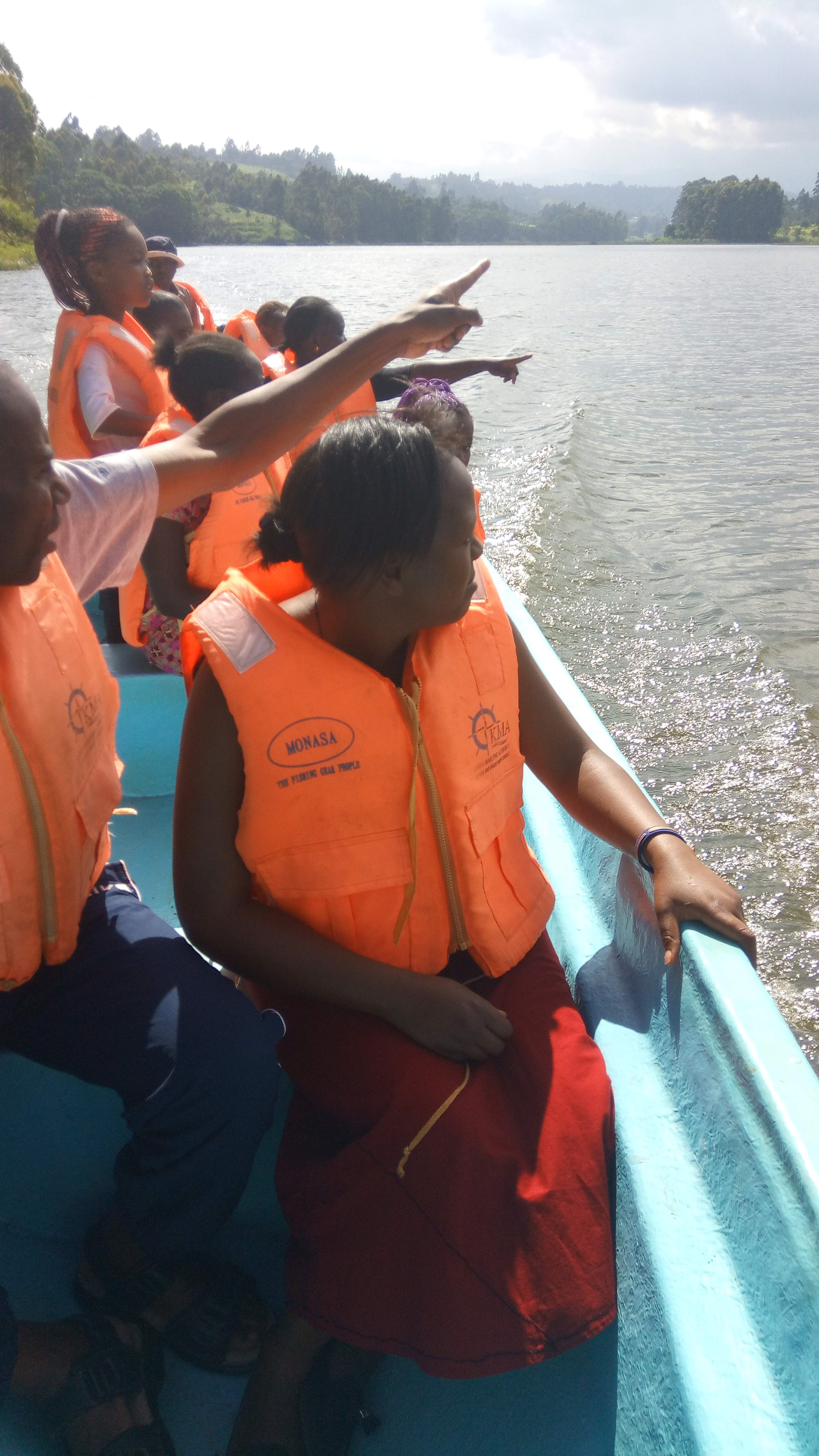


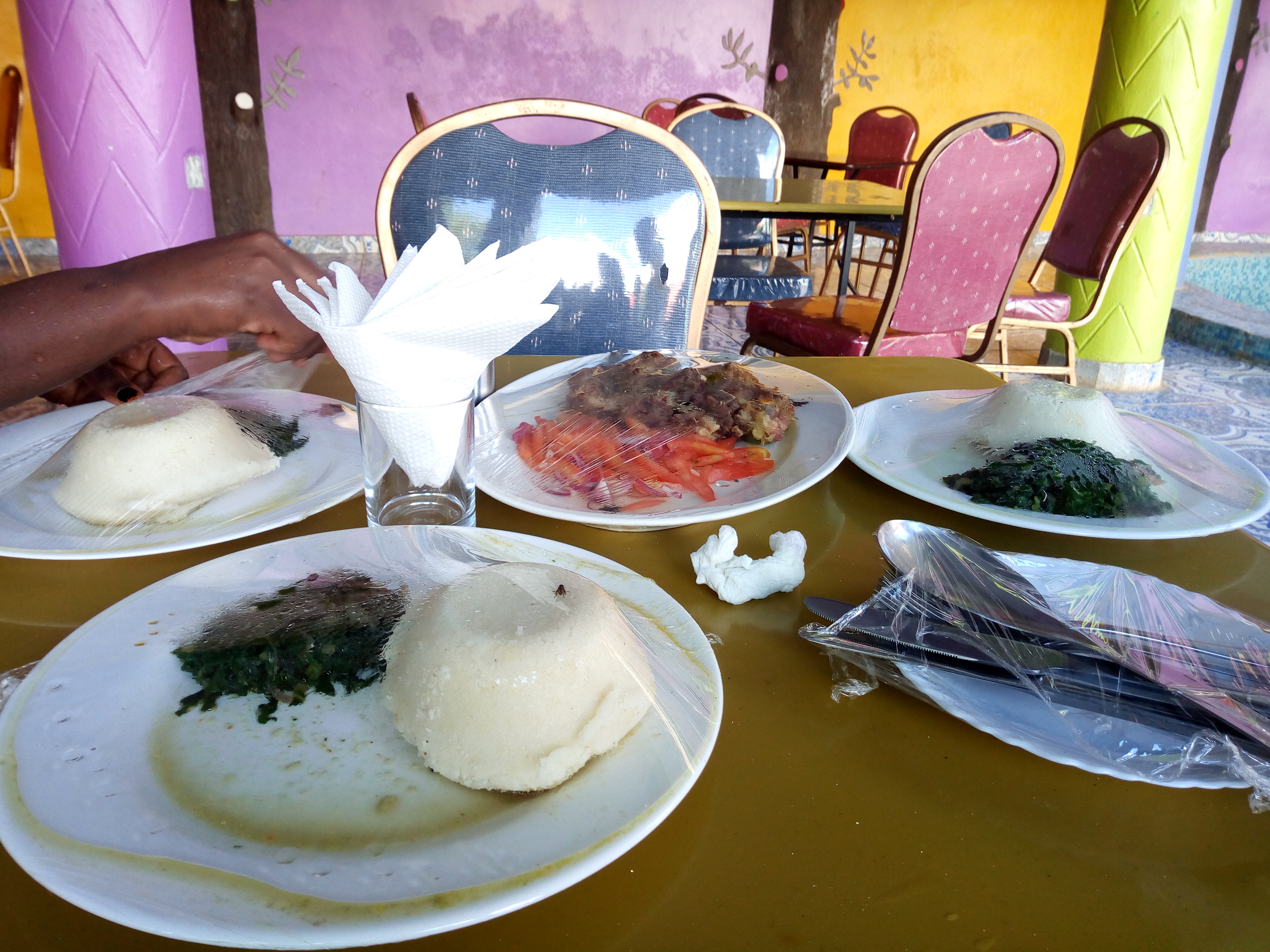




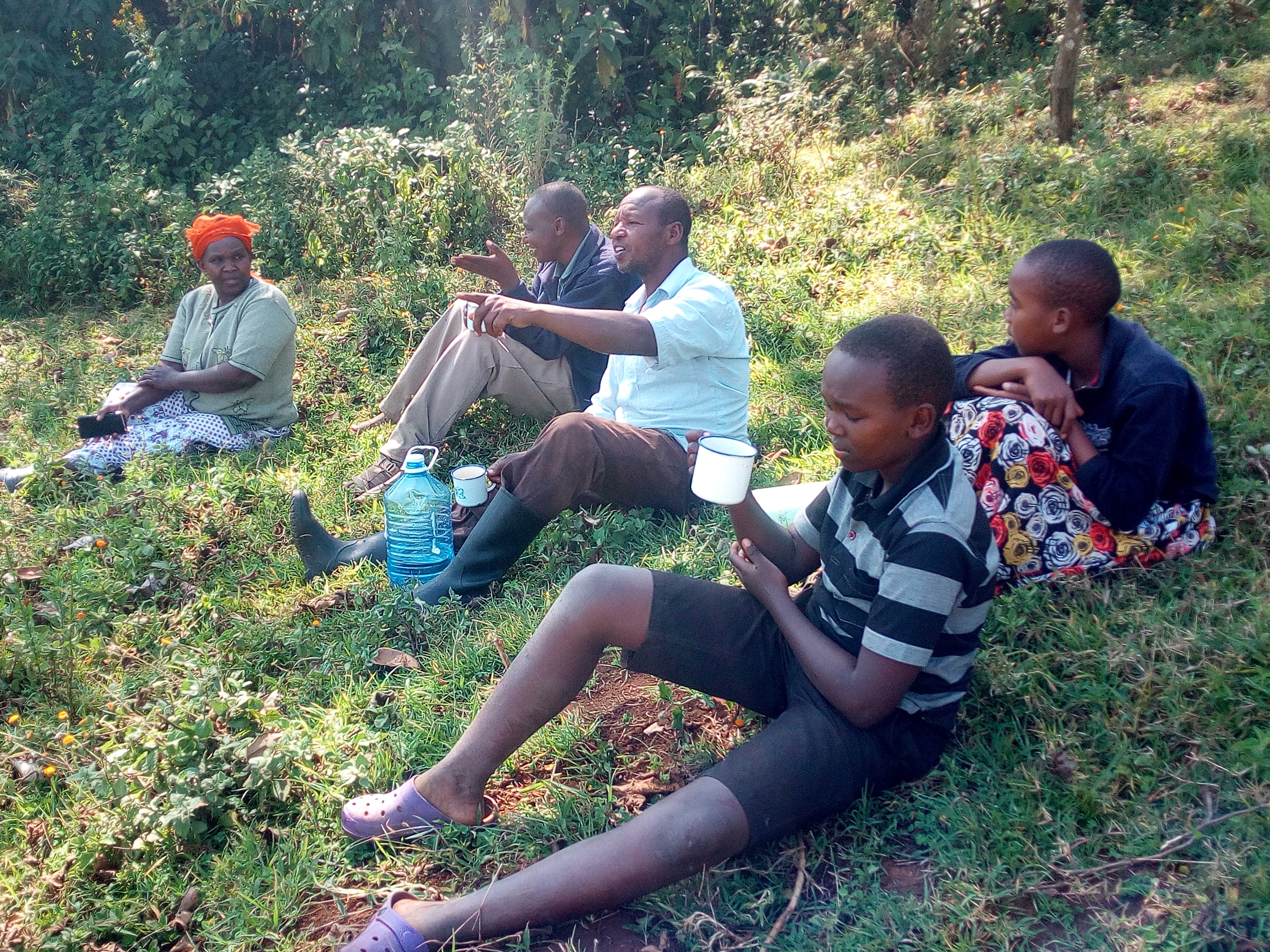 his perfect creation. Then we went down to Narok county where the maasai dominate, it is not uncommon to find cattle crossing the roads, zebras and antellopes because of the Savannah grassland vegetation. Then, not forgetting the maasai Mara national park, home of the wild animals. The journey goes on to Longisa, where the kalenjin community begins to dominate the area, then Bomet county. This county is currently governed by Joyce Laboso. The county has slowly developed and investors have seen potential in agriculture and business. The land is fertile with reliable rainfall, the red volcanic soils suitable for tea, maize, beans and other crops. There are rivers that separate to sloppy areas. Bomet is home and a perfect site to explore.
his perfect creation. Then we went down to Narok county where the maasai dominate, it is not uncommon to find cattle crossing the roads, zebras and antellopes because of the Savannah grassland vegetation. Then, not forgetting the maasai Mara national park, home of the wild animals. The journey goes on to Longisa, where the kalenjin community begins to dominate the area, then Bomet county. This county is currently governed by Joyce Laboso. The county has slowly developed and investors have seen potential in agriculture and business. The land is fertile with reliable rainfall, the red volcanic soils suitable for tea, maize, beans and other crops. There are rivers that separate to sloppy areas. Bomet is home and a perfect site to explore.